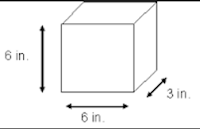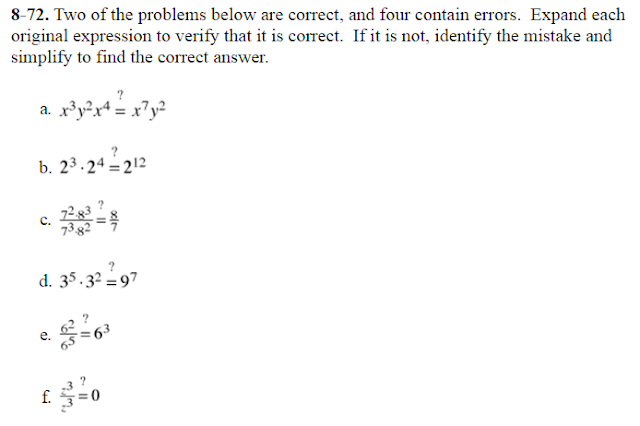1. Warm-up: Find the volume of the following shapes

2. Finish Pythagorean Theorem project
Create your own real-world problem involving the Pythagorean Theorem. Think of how the Pythagorean Theorem can be used in one of your hobbies, interests, or career aspirations.
3. Calculate the Volume of Non-prisms
Video Tutorials:
Virtual Nerd: volume of a cone
Virtual nerd: volume of a pyramid
Virtual nerd: volume of a sphere.
Homework: Practice on Mangahigh! Attempt both of the 3D geometry challenges Mr. R assigned you

2. Finish Pythagorean Theorem project
Create your own real-world problem involving the Pythagorean Theorem. Think of how the Pythagorean Theorem can be used in one of your hobbies, interests, or career aspirations.
- Make a rough draft first! Get your problem checked off by Mr. Robinett before making a final draft
- Final draft should be done on construction paper. It is not required to be colored, but use a ruler and make it neat.
- Detailed solution should be included on the back-- not just the answer, but all steps as well!
3. Calculate the Volume of Non-prisms
Video Tutorials:
Virtual Nerd: volume of a cone
Virtual nerd: volume of a pyramid
Virtual nerd: volume of a sphere.
Homework: Practice on Mangahigh! Attempt both of the 3D geometry challenges Mr. R assigned you





